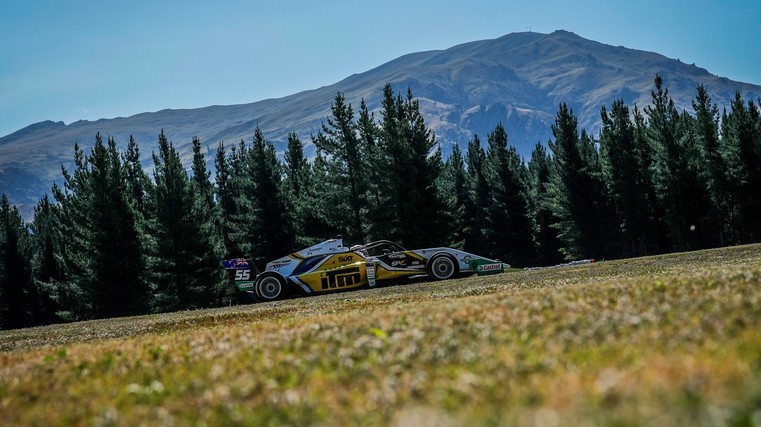Racing fuel goes carbon neutral

Toyota Gazoo Racing NZ (TGR) is continuing its journey towards a more sustainable future for its two categories in Aotearoa after testing carbon-neutral fuel in its Castrol Toyota Formula Regional Oceania Championship engine.
It sourced a small supply of the ground-breaking fuel from P1 Fuels at the WRC Rally NZ event towards the end of last year, and then began engine dyno-testing on the two-litre turbocharged unit used in Toyota’s FT-60 cars for its international single-seater series.
The engine was developed locally in New Zealand for the annual international championship as part of Toyota NZ’s commitment to the sport’s future in this country.
The dyno-testing programme has confirmed there was no loss in power or performance, reliability issues or significant changes required in engine mapping.
As a result, the marque’s motorsport operation has confirmed it will now integrate the carbon-neutral fuel (CNF) into its on-track testing programme for 2023.
If successful, it could be adopted as the official fuel for the championship as early as 2024 or 2025. That would make the Kiwi championship the first FIA Formula Regional series to genuinely use 100 per cent sustainable fuel.
TGR would then look to introduce it to its Toyota 86 Championship in New Zealand as soon as possible after that and is already looking at potential partners for the project.
P1 is the global leader in CNFs and has a growing presence in the sport. It’s the exclusive supplier for the World Rally Championship, powers the FIA Karting Championship and has partnerships with other manufacturers apart from Toyota.
CNFs, such as P1’s product, are part of a large family of partly or fully fossil-free synthetics. They are blended from chemical components derived from second-generation feedstock, such as bio-alcohols generated from agricultural and urban-waste biomass, or from the industrial catalytic conversion of syngas (CO+H2), generally known as e-fuels or power to liquid.
In both cases, every part of the blend is of non-fossil origin, so no new carbon dioxide (CO2) is introduced into the atmosphere during its use. This is because carbon atoms in the fuels are captured from CO2 already in the atmosphere.
The carbon-capturing process can be achieved naturally through the photosynthesis of plants or algae, or artificially through processes such direct air capture when CO2 is taken directly from the atmosphere.
Star support
P1’s fuel shot to prominence when it was chosen by three-time Formula 1 world champion Sebastian Vettel in his collection of historic F1 cars and was publicly supported by him as a sustainable solution for the 1.6 billion internal combustion engines used in vehicles globally.
“The dyno tests have been productive and, after a short space of time, we are more than ready to test the CNF on-track and take the process to the next step,” says Nicolas Caillol, TGR’s motorsport manager.
“Our goal, like our parent company Toyota NZ, is to reduce our greenhouse gas emissions by a minimum of 46 per cent by 2030. We will do this through carbon neutrality with both of our New Zealand championships and set new standards for sustainability in Kiwi motorsport.
“We believe that’s a fantastic way forward for the sport here and in other official FIA Formula Regional series.”
TGR is already Toitu Enviro Mark bronze-certified, meaning it’s recognised in this country as being proactive on the journey to manage its carbon impact.
It’s also in the process of applying to FIA for three-star environmental accreditation. This programme is designed to help automotive and motorsport stakeholders not only measure their environmental performance, but also provide a framework to help them improve it.





